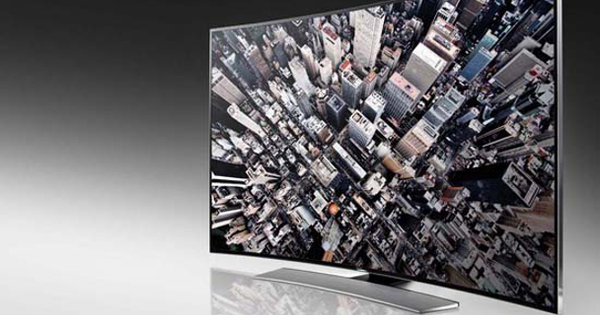Task Manager in Windows 10 is useful to force close programs that have crashed. But you can do much more with this application. Here we give an overview of the possibilities of Task Manager.
The Task Manager has been around for a long time in all sorts of versions of Windows. The Task Manager application in Windows 10 is very comprehensive and provides a lot of information about what is going on with your computer. Here we give an overview of the features of Task Manager.
Task Manager can be opened by right clicking on the taskbar and task management to choose. Click at the bottom More details to use the extended version of Task Manager.
Processes
The tab Processes provides information about the processes running on your PC, including how much system resources they are consuming. A process can be a program you are running, or a subsystem or service managed by Windows.
Here you can sort the processes by name and by the consumption of different system resources (processor, memory, disk, network). You can choose whether the consumption should be displayed in percentages or in values.
Processes can be expanded by clicking the arrow to the right of the process name. All underlying processes, such as when you have multiple Word documents open at the same time, are also displayed.
You can view the properties of a process by right-clicking on it and Characteristics to choose. You will then see a new window with all kinds of information about it.
If you want to close a process, for example because it has crashed or because for some reason you don't want it running on your computer, you can do this by clicking on the process in question and the button End task clicking at the bottom right of the window.
If you close a program in this way, any data you have not saved will be lost. If you end a system process, a system component may no longer function properly.
Performance
The tab Performance dynamically displays the performance of your computer, divided into processor, memory, disks, ethernet, wifi, bluetooth, etc. This list may vary based on what is connected or enabled on your computer. By clicking on an item, you can see all kinds of details about the hardware and the performance.
You can view the performance in real time by pressing Beels >Update Rate clicking and High to choose.
By at the bottom Open Resource Monitor clicking, you can see the performance in even more detail.

App history
The tab App history provides an overview of system resource consumption by various Windows programs, whether they are running or not. This allows you to find out, for example, which apps are taking up a lot of different system resources.
By default, only the modern Windows apps are displayed. Go to Options and tick the box View history for all processes to see a complete list, in which the other Windows apps are also shown.
If you want to clear the data to start with a clean slate, you can click Delete usage history click. Above it is indicated when the list was last cleared.
Startup
In the tab Startup you can see which programs are loaded automatically when your computer starts up.
In the column Publisher you can see which manufacturer has released the program. Based on this, you can often judge whether you need the program during startup or not.
In the column Impact on startup you can see how much time each program needs to start up relatively. This therefore gives an indication of the delay that the startup will experience due to the loading of the program in question.
To stop a certain program from starting automatically, you can right-click on it and click Switch off click. To re-enable the program during the startup process, repeat the action and click Switch.
Users
The tab Users is really only useful when multiple users use the computer. This tab shows the consumption of system resources per user. In this way you can find out, for example, whether a certain user loads the system much more heavily and which processes he or she is running.
Details
The tab Details is a cluttered but comprehensive list of processes. In this tab you can, among other things, set priorities for processes and link processes to a CPU core by right-clicking on a process and selecting an option of your choice.
If a program is slow to respond, you can right click on it and Analyze process to see if it might have to wait for a system resource that is still in use by another process.
Services
In the tab Services you will see a list of all services that are running or stopped. Unlike processes (which are usually associated with programs), services are Windows powered. Think, for example, of the system clock that is constantly running in the background.
You can restart a service by right clicking on it and Restart to choose. You can also get information about a service through Bing by pressing Search online to click.
by on Open Services Clicking will give you access to more advanced options related to services. If you are not experienced in this, it is better to leave these settings alone.

